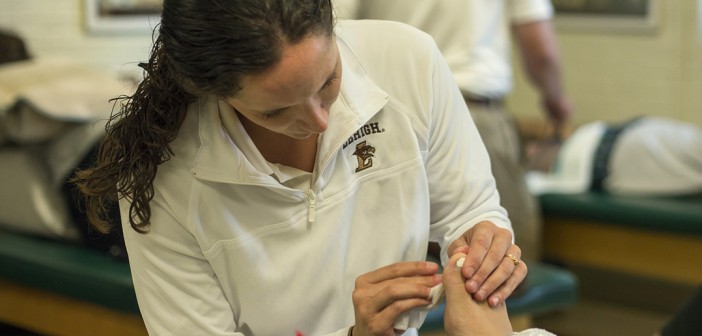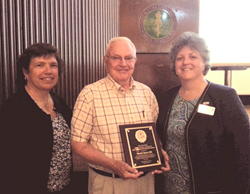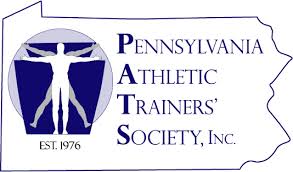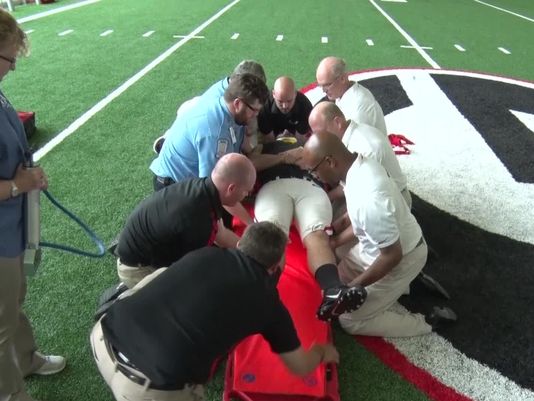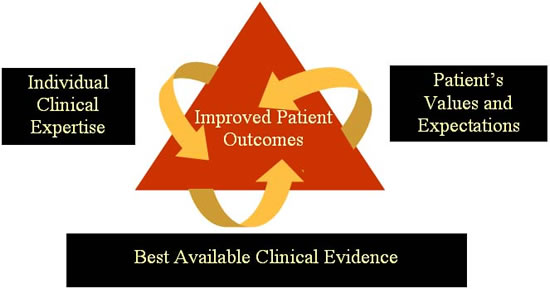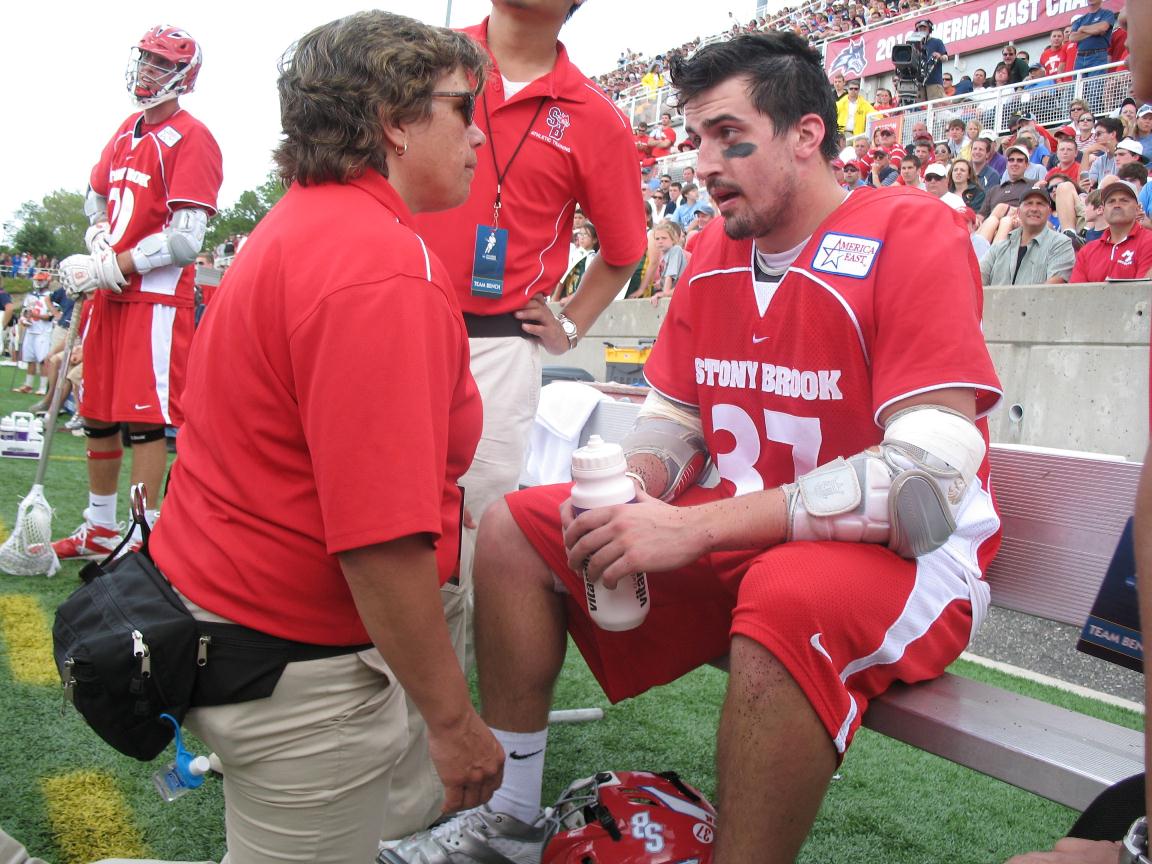
In an effort to promote sports safety across all levels of athletic participation, the New York State Athletic Trainers’ Association is currently holding its third annual “Athletic Training Recognition Week,” which runs through Sunday.
“We decided that three years ago, we would like to try to recognize our athletic trainers especially in what tends to be a more busy fall season,” said Aimee Brunelle, president of NYSATA and head athletic trainer at Jamestown Community College. “This way, we can get our athletic trainers recognition during the busy time of the year. … This is really geared toward the high school athletic trainer essentially”
Not only are efforts being made to commend and salute athletic trainers across New York state, but a great deal of time is being devoted to promoting public awareness in terms of the importance of providing appropriate medical care for athletes.
A recent letter from the NYSATA sent to New York state athletic administrators and school officials states that only about 60 percent of high schools nationwide have a certified athletic trainer and that number is even lower in New York state.
“We are trying to get more emphasis and more recognition as to the need to have an athletic trainer,” Brunelle said. “Of course, everybody recognizes it at the college level. We have one here (at Jamestown CC). I have two part-time per-diem certified athletic trainers and we have athletic training students this year. … In Chautauqua County, the only one I know of, besides what Section VI offers to varsity football, is Keri Newman at Jamestown High School. She’s full time finally now.”
Brunelle certainly understands the budgetary concerns that adding a certified athletic trainer could cause for high schools in New York state.
However, at the same time, the well-being of the athletes at these respective schools in her mind should be a top priority.
With the growing number of high school kids participating in sports and the high incidence of injuries, including concussions, it can certainly be said that the expertise of a certified athletic trainer can go a long way in helping athletes stay healthy and active.
“You have to weigh the health and safety of your athletes, how much is that worth? An athletic trainer is about the same cost of a teacher if you look at a full-time position, 12 months kind of thing. It’s something that I think schools have to look a little more carefully at.”
Brunelle stated that the Buffalo Bills usually get involved in “Athletic Training Recognition Week,” by making an announcement and the New York Jets and Giants usually do something during football season as well. A twitter campaign is being utilized during the week titled “#WhosYourAT2015” in an attempt to acknowledge athletic trainers across New York state. Also, NYSATA will offer funding for the first ten complete and successfully submitted Safe Sports School Award applications to the National Athletic Trainers’ Association. The Safe Sports School Award, according to an announcement sent out by NYSATA, is an NATA initiative to promote youth athlete safety, injury prevention, as well as athlete and parent education among secondary schools.
“As president of NYSATA, it’s really my goal to not only raise awareness, but to get athletic trainers into the schools,” Brunelle said. “We see with athletes playing more seasons and longer seasons and they are getting bigger, stronger and faster, injury rates are going up. …The nurses do great in the schools, but they are not there after school. The team doctors are doing great when they are there on the sideline, but you can’t expect them to be there every day. That’s what the athletic trainer’s role is, to be there every day after school at the practices.”
ORIGINAL ARTICLE:
http://www.post-journal.com/page/content.detail/id/678207/


